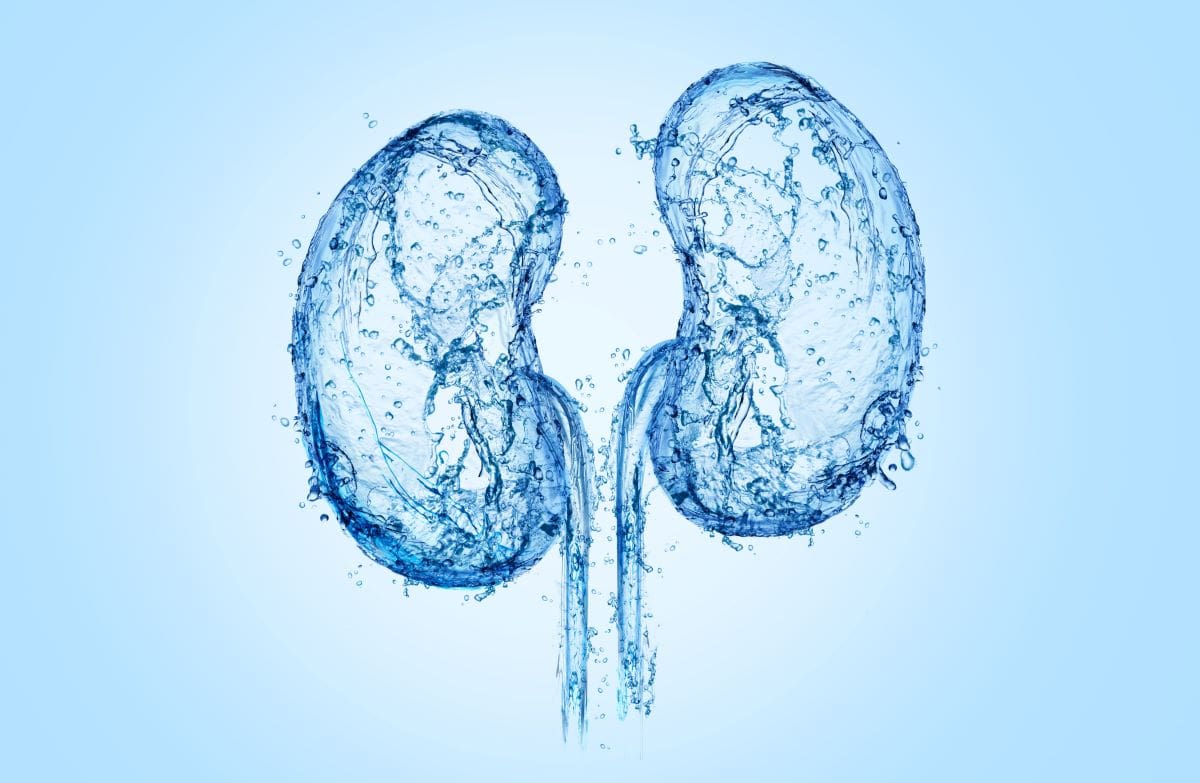
The prognosis for IgA nephropathy (IgAN), the most prominent glomerulonephritis globally, varies widely but is largely unfavorable. One data analysis found that 50% to 60% of patients with IgAN develop ESRD within 10 to 15 years.
Kidney Disease: Improving Global Outcomes guidelines recommend the use of the International IgA Nephropathy Prediction Tool (IIGANPT). This tool can accurately predict the risk of ESRD or a more than 50% decrease in eGFR in patients with IgAN within 80 months of renal biopsy, but it has limitations.
Pathological indicators obtained via renal biopsy are still considered the gold standard for evaluating the prognosis of patients with IgAN and other kidney diseases, but biopsies are invasive and carry the risk of adverse events. Therefore, there is a need to identify prognostic biomarkers of IgAN that can be used in clinical practice.
In a review published in Biomarker Research, Zhi-Yu Duan and colleagues reviewed biomarkers of IgAN progression identified in recent years, focusing on those with clinical value, particularly the combination of multiple biomarkers into a biomarker spectrum.
Some advances have been made in identifying biomarkers for predicting IgAN progression, including the identification of potential “four-hit” pathogenesis, complement-related pathways, novel protein biomarkers, noncoding RNAs, and specific cell types. However, the authors concluded that few biomarkers have been proven to improve the risk prediction model of combining clinical and pathological indicators.
In sum, the researchers determined that urinary IL-6, urinary CXCK1, urinary and serum MMP-7, IgAN237, and a combination of five laminin and collagen degradation products (sLG1M, sPRO-C3, sPRO-C6, uPRO-C6/Cr, and u-C3M/Cr) are the most promising biomarkers with the best chance of replacing renal biopsy parameters in the IIGANPT.
“In the future,” they wrote, “we should combine multiple biomarkers and use biomarker spectra to improve the efficiency of prediction. More in-depth research is needed to identify further mechanisms via which IgAN progresses and to provide more clues and support for identification of additional biomarkers.”
Source: Biomarker Research







 © 2025 Mashup Media, LLC, a Formedics Property. All Rights Reserved.
© 2025 Mashup Media, LLC, a Formedics Property. All Rights Reserved.